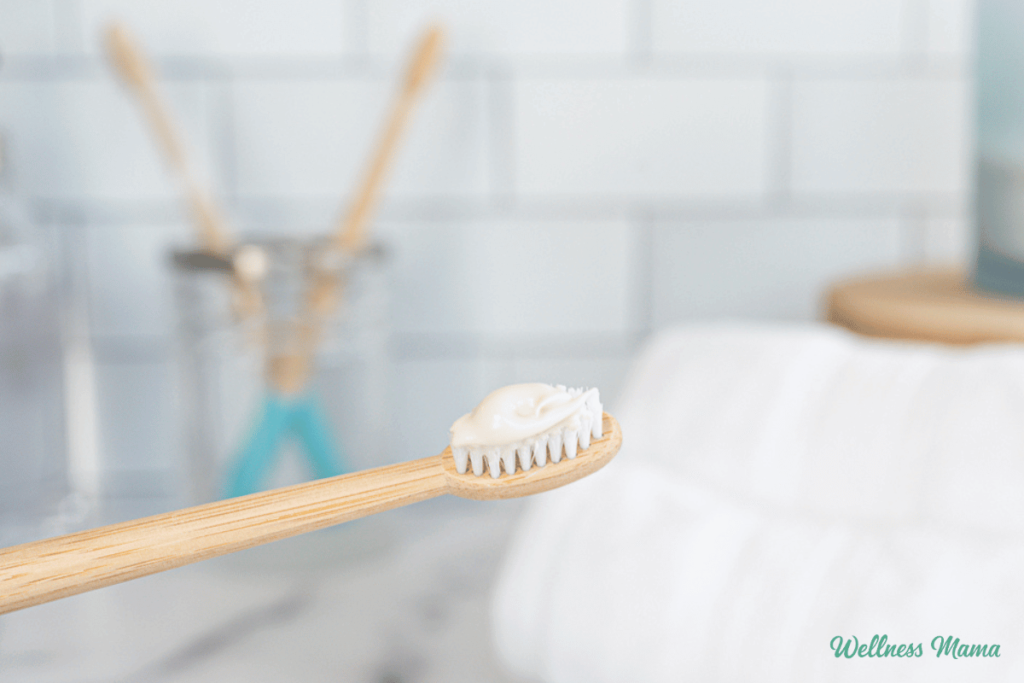Pain that lasts more than a few months is chronic pain. Some types can’t be cured. But treatment can help you find relief.
The right choice for you depends on:
- How long the pain has lasted
- How bad it is
- What’s causing it
- Where you hurt
Treatments have changed a lot over the years, says Steve Yoon, MD, a sports injury and joint pain expert in Los Angeles. “There are more options than ever,” he says.
Doctors may use many options together to help you feel better.
RFA targets the nerves that send pain signals to your brain. Your doctor will use a needle with a tip that heats up. The needle is placed very close to the nerve. The heat zaps it so that it can’t send the pain signal.
The treatment helps with many types of pain, including arthritis and neuropathy. Research shows it can also ease lower back and hip pain. It can also help your knee and neck.
A newer type of it, called “cooled RFA,” may offer more precise relief, says Anita Gupta, DO, PharmD, co-chair of the American Society of Anesthesiologists Ad Hoc Committee for Prescription Opioid Abuse. Research is underway to see if cooled RFA is more effective than the regular kind.
Radiofrequency ablation can relieve pain for 8 months to a year. After that, a doctor can treat you with it again.
Look for someone who has training to do it, Gupta says.
These deliver medicine directly where they’re needed in your body. A doctor will usually use an X-ray to find where to put it.
Your doctor will decide which medicine is best. Steroids and local anesthetics (painkillers) are often used together. Local anesthetics numb the nerve or muscle. Steroids ease inflammation, which lowers pain.
There are many types of shots for chronic pain.
Nerve root blocks target the nerves along the spine that lead to pain in other areas, such as the arms or legs.
Epidural steroid injections can help with disc problems, like herniated discs. The shots go in the outer part of your spinal column.
Trigger point injections work on tight spots in muscles. Sometimes, these spots are so tight they squeeze nerves and lead to pain in other places.
Shots may not take the hurt away completely, Gupta says.
“The benefits can last from 4 weeks to 1 year, depending on the type of pain, the source of the pain, and how advanced the problem is,” she says. You may need a series of shots for the results to last.
For longer-lasting relief, a doctor may suggest a pain pump, says Stuart Finkelstein, MD, an addiction and pain expert in Lakewood, CA. The pump is implanted, usually near the base of the spine. It delivers a slow drip of medication. Your doctor will set up the pump so the medicine is released automatically.
Doctors can prescribe these powerful meds for chronic pain. They block or reduce pain signals. Common ones include:
Some opioids have been around for centuries. Others have been made in the past few decades.
They’re very effective for severe pain. But they also have side effects that can include:
- Drowsiness
- Nausea
- Vomiting
- Confusion
- Dizziness
- Constipation
More-serious side effects are possible, such as:
- Addiction
- Accidental overdose
Opioids can also make some people stop breathing and die. That’s a risk especially when the dosage is higher or when someone uses them with other drugs or alcohol.
It’s also not clear if these meds are helpful after a few months. Addiction is common among people who take them long-term. One of the safest ones is buprenorphine, Finkelstein says. It blocks pain like other opioids, but its effects taper off at higher doses. So, it’s less addictive.
Sometimes doctors use buprenorphine to treat opioid addiction.
Researchers are studying new types of these meds with fewer side effects and potentially less chance of addiction.
Many types of pain medications are available. The best one for you may not be obvious.
Some common over-the-counter drugs can help. Aspirin and ibuprofen are “completely underutilized,” Gupta says.
Acetaminophen relieves many types of mild to moderate pain, and you can get it over the counter. It’s also combined with other medications available by prescription.
Keep in mind that even over-the-counter meds carry risks. Tell your doctor about all of the medicines you take.
Other choices include:
Things like yoga, massage, and acupuncture aren’t new. But there’s a lot of recent research on them.
Acupuncture involves placing tiny needles in the skin at certain points on the body. Many studies show it can ease low-back pain. It may also help for joint pain due to arthritis.
Massage, spinal adjustment, and yoga can also help some people with low-back pain. The relief from massage may be short-term, though.
Talk with your doctor if you’re thinking about complementary and alternative options. Some may be risky for certain people.
“You may not be able to address the health problem causing pain,” Yoon says, “but you can improve quality of life, and that’s what really matters.”








Thanks for sharing. I read many of your blog posts, cool, your blog is very good.